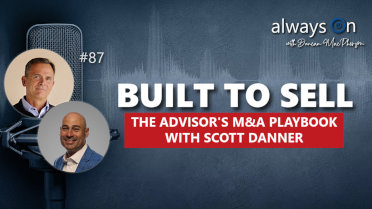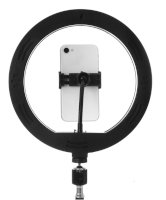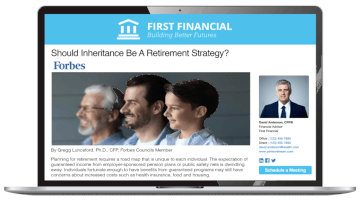The Subtle Power of Branding

Branding: Beyond Aesthetics
Does your value stand out to clients? How does your brand make someone feel initially, and then over time? You probably know the names Marion Morrison and Norma Jean. Marion Morrison was better known as John Wayne. It's not to say that he couldn't have been as popular had his stage name been Marion Morrison - Shakespeare talked about a rose smelling just as sweet. Norma Jean could have been just as popular as Marilyn Monroe, but there's a reason they (or their studios) decided to rebrand their names. In their world, they were trying to create followers. Some might misidentify this as ego, or having a hero complex, but at a basic level it is providing an aspirational example for the entertainment consumer. A lot of people in the world want to be lifted up, or to escape - to feel like they would have a shot, too. That feeling is an unmet need which entertainment can address. Smart positioning and messaging (or a name-change) can facilitate that. Something moved Robert Zimmerman to adopt the name Bob Dylan and his brand has survived for many decades.
(Fun fact, Hugh Dillon - his actual name - is the lead singer of The Headstones. He is also a notable actor with roles such as Sheriff Donnie Haskell in Yellowstone. If that's not impressive enough, he also played pond hockey with NHL Hall of Famer Doug Gilmour as kids. Hugh is a living legend. Watch the Headstones music video for Smile and Wave - a great mantra to live by - to see him in action in the 90's.)
There is a subtle power to branding. There are quantitative benefits, not just qualitative. In 1954, Peter Drucker wrote The Practice of Management in which he noted there is only one valid definition of a business's purpose: To create a customer. In this era, we might modify that a bit and say "to create and keep a customer." The modern volume of noise and the velocity of information is intense, but your branding strategy is your beacon and a means to an end. All roads lead to attracting and keeping great clients and converting them to advocates.
Branding is not just about who you are, what you do and how long you have been doing it. For a majority of your competitors, that's how they think about branding and therefore they are in a competition to tread water because of commoditization. They strive to impress with technical knowledge. They use generic word salads and jargon. They're proficient but couldn't be less interesting. It's like listening to someone explaining their tattoo or describing last night's dream. Interesting to them, but not so much for the listener. They will say things like, "We do things differently here. We take a holistic approach." You might respond (with pardonable cynicism), "Oh, good, you're the one. Finally, I found someone who uses a holistic approach," because, again, technical ability is now a minimum requirement.
Everyone says and aspires to being unique and professional. Branding should not just be bright lights and a coat of paint. It's not just staging a house to try to sell it for maximum value. It's bigger than that. It permeates everything, because it has to be backed up. Potential clients are going to look at the bones. They're going to look behind the curtain. They want to know that there is no over-promise/under-deliver. That you've got the goods - fully and completely.
To summarize this New Era of Branding:
In today's information overload, cutting through the noise is critical. Your brand is your beacon, attracting ideal clients and turning them into advocates.
Branding is NOT about:
- Bragging about experience. Technical expertise is a baseline expectation, not a differentiator.
- Generic messaging. Avoid jargon and cliches like "holistic approach." Be specific and engaging.
- Superficial aesthetics. Branding is more than a visual makeover. It reflects your core values and consistent delivery.
True branding is about:
- Identifying unmet needs and offering a solution that resonates emotionally.
- Delivering on promises. Building trust requires consistent quality and exceeding expectations.
- Building long-term relationships. Convert initial interest into lasting customer loyalty.
Contributed by: Duncan MacPherson, author, speaker and Financial Advisor Coach
Related Articles:
Do you want to learn how to implement these financial advisor marketing & branding strategies? Speak with a Pareto Systems expert.
Or learn more about our financial Advisor coaching at paretosystems.com











